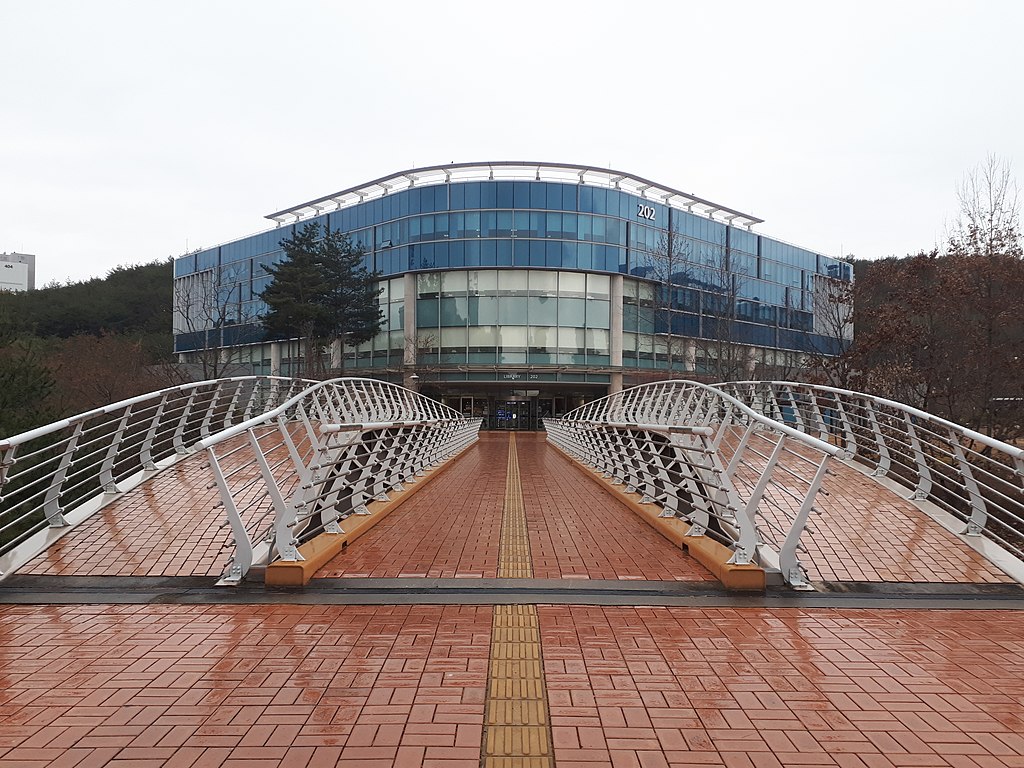Researchers at South Korea’s Ulsan National Institute of Science and Technology (UNIST) have tried to build a solar cell based on antimony selenoiodide (SbSeI).
SbSeI is a ferroelectric photoconductor compound that has promising optical properties. It has been applied with success in various optoelectronic applications, but has not been considered for PV applications thus far.
The scientists built the solar cell by depositing the compound onto mesoporous titanium dioxide (TiO2) through multiple spin-coating cycles.
“The effects of deposition cycles including the spin-coating and thermal decomposition of SbSeI on the device performance were investigated by measuring the electrochemical impedance spectroscopy (EIS) and temperature‐dependent current-voltage curves,” the researchers said.
They added that the hole transport layer (HTL) and the electron transport layer (ETL) were both fabricated with PCPDTBT, which is a low bandgap polymer that is used as a donor material, with high photovoltaic efficiency. They claim that the resulting cell has a 4.10% power conversion efficiency, with good stability under standard testing conditions.
“The performance exhibits a short-circuit current density of 14.8 mA cm2, an open-circuit voltage of 473.0 mV, and a fill factor of 58.7%,” the scientists explained, noting that the device can retain around 90.% of its initial efficiency, even after 2,321 minutes under standard illumination. “These results show that the SbSeI solar cells exhibited good stabilities, regardless of humidity, temperature, and light.”
The cell's efficiency is still too low due to insufficient absorption and inefficient charge transfer, the scientists said.
“The inefficient charge transfer in the cells fabricated through 12 cycles was due to deeper level trap states,” they stated. “Sufficient absorption and efficient charge transfer were achieved in the cells fabricated through 10 cycles, and the champion cell exhibited a power conversion efficient of 4.10%.”
They will now use their findings to investigate the potential of metal chalcohalides for solar cells and intermediate products to synthesize lead-free perovskite materials. They described the solar cell in “Efficient and Stable Antimony Selenoiodide Solar Cells,” which was recently published in Advanced Science.
This content is protected by copyright and may not be reused. If you want to cooperate with us and would like to reuse some of our content, please contact: editors@pv-magazine.com.




By submitting this form you agree to pv magazine using your data for the purposes of publishing your comment.
Your personal data will only be disclosed or otherwise transmitted to third parties for the purposes of spam filtering or if this is necessary for technical maintenance of the website. Any other transfer to third parties will not take place unless this is justified on the basis of applicable data protection regulations or if pv magazine is legally obliged to do so.
You may revoke this consent at any time with effect for the future, in which case your personal data will be deleted immediately. Otherwise, your data will be deleted if pv magazine has processed your request or the purpose of data storage is fulfilled.
Further information on data privacy can be found in our Data Protection Policy.